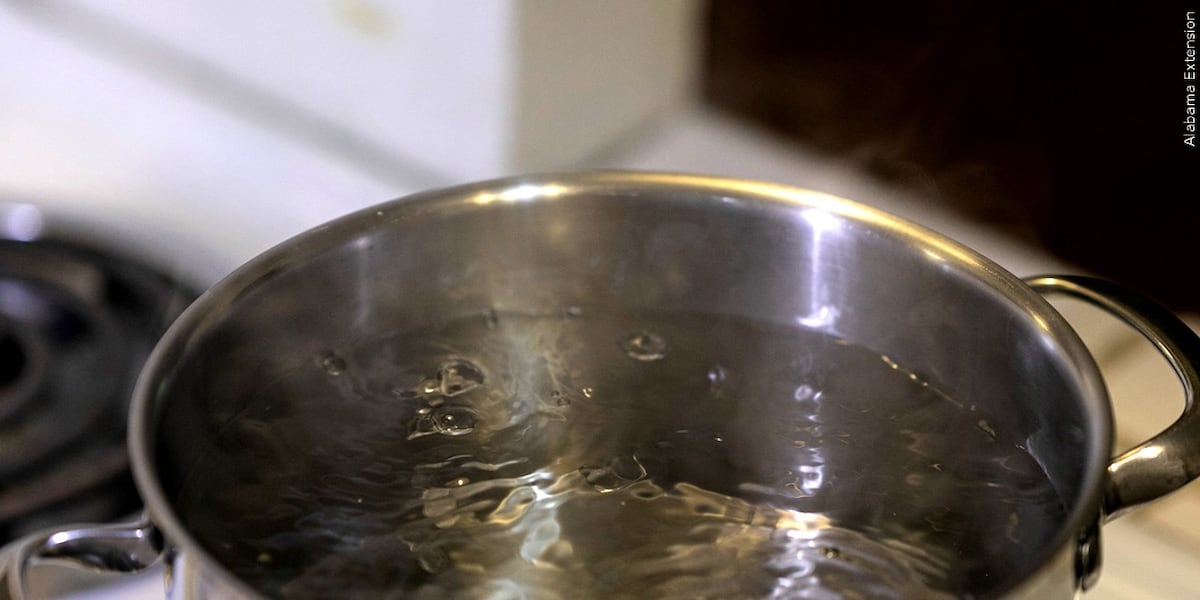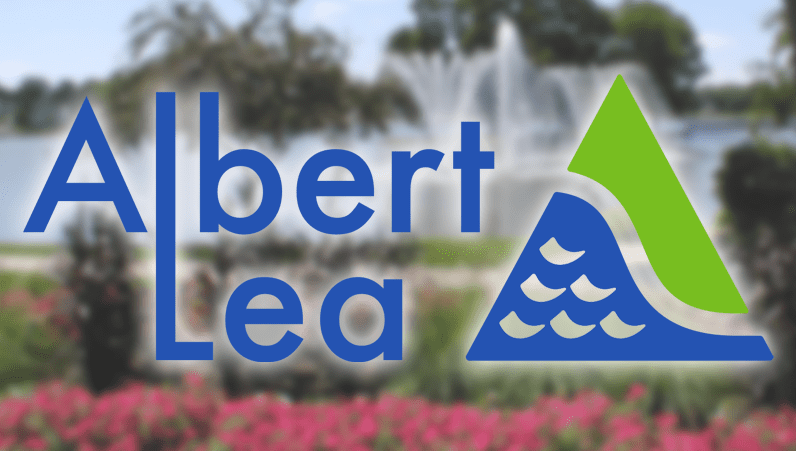Report on the Contributions of Professor Richard G. Luthy to Sustainable Development Goals
1.0 Introduction
This report documents the significant contributions of the late Professor Richard G. Luthy to the field of environmental engineering, with a specific focus on his alignment with and advancement of the United Nations Sustainable Development Goals (SDGs). As the Silas H. Palmer Professor at Stanford University, Professor Luthy’s career was dedicated to the sustainable management of water resources, directly impacting key global sustainability targets.
2.0 Advancements in SDG 6: Clean Water and Sanitation
Professor Luthy’s primary body of work was instrumental in advancing SDG 6, which aims to ensure the availability and sustainable management of water and sanitation for all. His research, encompassing over 310 peer-reviewed papers, concentrated on innovative solutions for water-stressed regions.
- Water Quality and Treatment: He focused on physicochemical processes for improving water quality and remediating contaminants in groundwater and sediments, a critical component of Target 6.3 (improve water quality by reducing pollution).
- Sustainable Water Management: Professor Luthy advocated for a multi-faceted approach to water security, which included conservation, recycling, and storage. His strategies directly support Target 6.4 (substantially increase water-use efficiency) and Target 6.5 (implement integrated water resources management).
- Innovative Remediation: His development of in-place sediment treatment using activated charcoal provided a cost-effective and less disruptive alternative to dredging, effectively addressing the cleanup of hazardous contaminants and protecting water sources.
3.0 Impact on SDG 11 (Sustainable Cities) and SDG 9 (Innovation and Infrastructure)
Professor Luthy championed the development of resilient and sustainable urban water systems, contributing to SDG 11 (make cities inclusive, safe, resilient, and sustainable) and SDG 9 (build resilient infrastructure, promote inclusive and sustainable industrialization and foster innovation).
- ReNUWIt Program: In 2011, he led the establishment of the National Science Foundation Engineering Research Center, “Re-inventing the Nation’s Urban Water Infrastructure” (ReNUWIt). This four-university collaboration, a model for SDG 17 (Partnerships for the Goals), was designed to create more sustainable urban water infrastructure.
- Stormwater Capture and Reuse: ReNUWIt projects focused on capturing rainwater and treated wastewater for storage in urban wetlands, transforming urban landscapes into functional, ecological assets. This work directly addresses Target 11.5 (reduce the adverse per capita environmental impact of cities).
- Fostering Innovation: By developing and implementing novel engineering models balanced with practical business models, Professor Luthy’s work exemplified the innovation required by SDG 9 to upgrade infrastructure for sustainability.
4.0 Contributions to SDG 14 (Life Below Water) and SDG 15 (Life on Land)
Professor Luthy’s research on contaminant remediation had a profound impact on protecting aquatic and terrestrial ecosystems, aligning with SDG 14 (conserve and sustainably use the oceans, seas and marine resources) and SDG 15 (protect, restore and promote sustainable use of terrestrial ecosystems).
- Reducing Aquatic Pollution: His work to remediate notorious organic contaminants like PCBs and DDT from river, lake, and ocean sediments directly contributes to Target 14.1 (prevent and significantly reduce marine pollution of all kinds). His activated carbon method demonstrated a significant reduction in contaminant uptake by marine life.
- Ecosystem Restoration: The ReNUWIt project at Calera Creek in Pacifica, California, serves as a prime example of achieving Target 15.5 (take urgent and significant action to reduce the degradation of natural habitats). Under his leadership, a barren quarry was transformed into a vibrant ecological space using treated wastewater, demonstrating that ecosystems have an “equal claim to water.”
5.0 Conclusion and Legacy
Professor Richard G. Luthy was a monumental figure whose work provided practical, affordable, and effective solutions to complex environmental challenges. His career was a testament to the power of interdisciplinary research and collaboration in achieving global sustainability. His legacy is embedded in the cleaner water, more resilient infrastructure, and restored ecosystems he helped create, leaving a lasting framework for advancing the Sustainable Development Goals for future generations.
Analysis of Sustainable Development Goals in the Article
1. Which SDGs are addressed or connected to the issues highlighted in the article?
The article on Richard G. Luthy’s work primarily addresses issues related to the following Sustainable Development Goals (SDGs):
- SDG 6: Clean Water and Sanitation – This is the most central SDG, as Luthy’s entire career focused on the “sustainable management of water resources,” including “water conservation, recycling, and storage,” and improving water quality by remediating contaminants.
- SDG 11: Sustainable Cities and Communities – The article highlights Luthy’s work on “Re-inventing the Nation’s Urban Water Infrastructure” (ReNUWIt), which focused on capturing and storing water in “resource-compromised California cities” and creating “urban wetland parks.” This directly relates to making cities more sustainable and resilient.
- SDG 14: Life Below Water – Luthy’s research and remediation efforts targeted notorious contaminants like “PCBs and DDT” that end up in “river, lake, and ocean sediments.” His work on treating these sediments in place aimed to reduce pollution in aquatic ecosystems, which is a core component of this goal.
2. What specific targets under those SDGs can be identified based on the article’s content?
Based on the specific projects and research areas mentioned, the following SDG targets can be identified:
- Target 6.3: By 2030, improve water quality by reducing pollution, eliminating dumping and minimizing release of hazardous chemicals and materials, halving the proportion of untreated wastewater and substantially increasing recycling and safe reuse globally.
- Justification: The article details Luthy’s work on “remediating organic contaminants” such as PCBs, DDT, and pharmaceuticals in water systems. His method of using activated charcoal to treat sediments in place is a direct strategy to “improve water quality by reducing pollution.” The ReNUWIt program’s focus on using “highly treated wastewater” for ecological restoration also aligns with increasing recycling and reuse.
- Target 6.4: By 2030, substantially increase water-use efficiency across all sectors and ensure sustainable withdrawals and supply of freshwater to address water scarcity and substantially reduce the number of people suffering from water scarcity.
- Justification: Luthy’s research focused on “water conservation, recycling, and storage, particularly in urban and rural water settings of the water-challenged American West.” His advocacy for a multi-faceted approach including “conservation, recycling, desalination, stormwater capture, recharge, and water banking” directly addresses the need to increase water-use efficiency and ensure a sustainable supply.
- Target 11.6: By 2030, reduce the adverse per capita environmental impact of cities, including by paying special attention to air quality and municipal and other waste management.
- Justification: The ReNUWIt program, which Luthy directed, aimed to “Re-inventing the Nation’s Urban Water Infrastructure” by implementing solutions like “stormwater capture” and creating urban wetlands. These efforts are designed to manage water resources more effectively within cities, thereby reducing their environmental impact.
- Target 14.1: By 2025, prevent and significantly reduce marine pollution of all kinds, in particular from land-based activities, including marine debris and nutrient pollution.
- Justification: The article explicitly states that Luthy worked to remediate contaminants that “often ended up in river, lake, and ocean sediments.” His techniques for treating contaminated sediments in place are a direct method to mitigate land-based pollution that affects marine and aquatic environments.
3. Are there any indicators mentioned or implied in the article that can be used to measure progress towards the identified targets?
The article implies several indicators that can be used to measure progress:
- For Target 6.3 (Improve water quality):
- An implied indicator is the concentration of specific pollutants (PCBs, DDT, pharmaceuticals) in water and sediments. The article provides a concrete example of measurement: a clam in treated sediment “absorbed just a tenth the PCBs as a clam in contaminated soil without carbon,” which serves as a direct measure of remediation effectiveness.
- Another indicator is the volume or proportion of treated wastewater that is safely reused, as demonstrated by the ReNUWiT project at Calera Creek, which used “highly treated wastewater” to restore a quarry.
- For Target 6.4 (Increase water-use efficiency):
- An implied indicator is the volume of water captured and stored through innovative methods like “stormwater capture” and “water banking,” which were central to Luthy’s work. Progress could be measured by the amount of water added to urban supplies through these techniques.
- For Target 11.6 (Reduce environmental impact of cities):
- An implied indicator is the amount of urban land converted to functional green infrastructure, such as the “urban wetland parks” created under the ReNUWIt program. This measures the implementation of sustainable water management solutions within cities.
- For Target 14.1 (Reduce marine pollution):
- A key indicator is the reduction in the level of contaminants in coastal and marine sediments. Luthy’s work on treating sediments “in place” rather than dredging provides a direct method to track the reduction of pollutants like PCBs and DDT in specific aquatic locations.
4. Table of SDGs, Targets, and Indicators
| SDGs | Targets | Indicators |
|---|---|---|
| SDG 6: Clean Water and Sanitation | Target 6.3: Improve water quality by reducing pollution and increasing recycling and safe reuse. | – Reduction in the concentration of pollutants (PCBs, DDT, pharmaceuticals) in water and sediment. – Volume of treated wastewater reused for ecological purposes. |
| Target 6.4: Substantially increase water-use efficiency and ensure sustainable withdrawals to address water scarcity. | – Volume of water collected through stormwater capture and stored via water banking. | |
| SDG 11: Sustainable Cities and Communities | Target 11.6: Reduce the adverse per capita environmental impact of cities. | – Area of urban land converted to functional green infrastructure (e.g., urban wetland parks) for water management. |
| SDG 14: Life Below Water | Target 14.1: Prevent and significantly reduce marine pollution from land-based activities. | – Measured reduction of contaminant levels (PCBs, DDT) in river, lake, and ocean sediments. |
Source: news.stanford.edu







